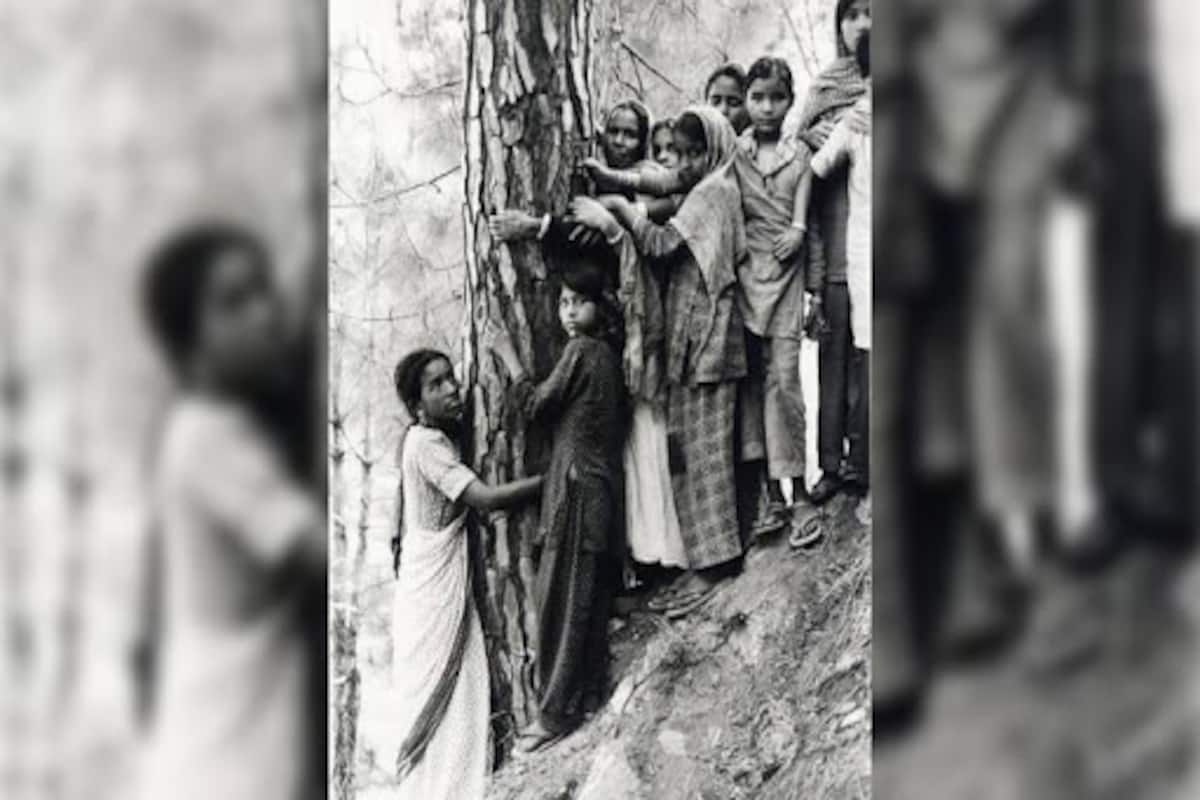Ecology Is Permanent Economy In Hindi

Ecology also called bioecology bionomics or environmental biology study of the relationships between organisms and their environmentSome of the most pressing problems in human affairsexpanding populations food scarcities environmental pollution including global warming extinctions of plant and animal species and all the attendant sociological and political problemsare to a great.
Ecology is permanent economy in hindi. Ecology Environment PDF Notes in Hindi English By Chronicle Ias Academy दसत आज SarkariExamHelp आप सब छतर क लए Ecology and Environment PDF Notes in Hindiशयर कर रह ह. To avoid this cancel and sign in to YouTube on your computer. It is spelled as ih-kol-uh-jee.
Hinduism is inherently an ecological religion. In this book George Alfred James explores the life ideas and activism of the Gandhian environmentalist and social worker Sunderlal Bahuguna. Sundar Lal Bahuguna coined the Chipko slogan Ecology is Permanent Economy.
The activism and environmental philosophy of Sunderlal Bahuguna. By George Alfred James. Videos you watch may be added to the TVs watch history and influence TV recommendations.
Political ecology is the study of the relationships between political economic and social factors with environmental issues and changes. Ecology and Environment PDF Notes Download in Hindi. EG Classes for IAS Notes PDF in Hindi and English Read More.
The correct meaning of Ecology in Hindi is परयवरण. Organismal ecology is the study of an individual organisms behaviour morphology physiology etc. Ecology is permanent economy - sunderlal bahuguna The Chipko movement or Chipko Andolan refers to a forest conservation movement where people clung onto trees to prevent them from being cut as a last resort to save the environment without caring for their own lives.
It can quite easily be said that Hinduism is the worlds largest nature-based religion that recognises and seeks the Divine in nature and acknowledges everything as sacred. In the 1970s an organised resistance to the destruction of forests spread throughout India and came to be known as the Chipko movement. It looks at how individual organisms interact with biotic and abiotic components.


















